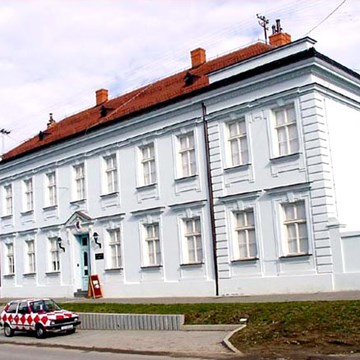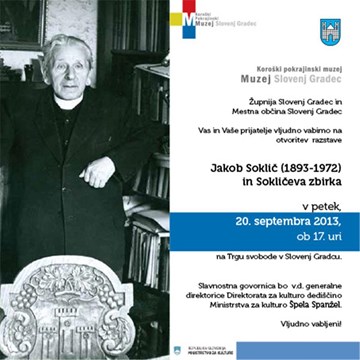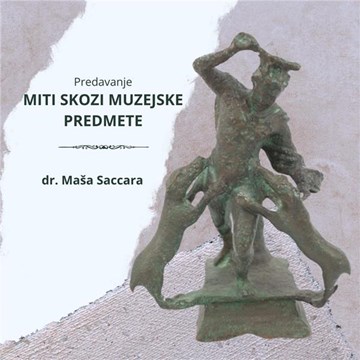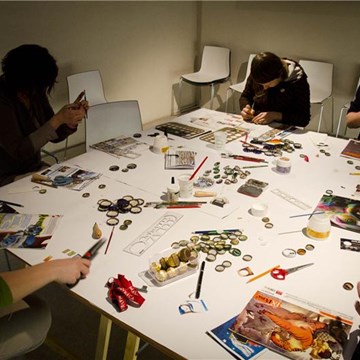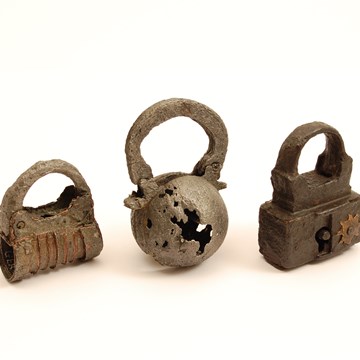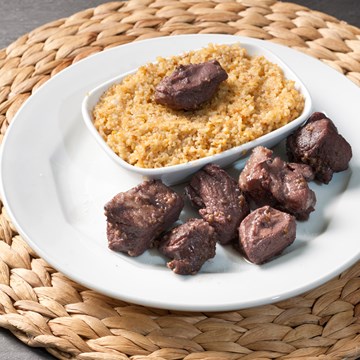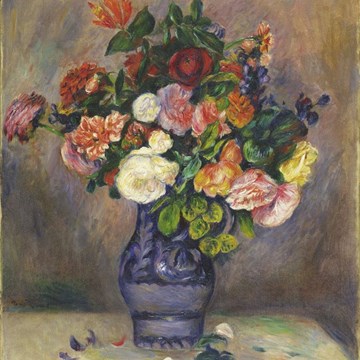Japanese American Museum of San Jose
The mission of the Japanese American Museum of San Jose (JAMsj) is to collect, preserve and share Japanese American art, history and culture with an emphasis on the greater Bay Area.
Established in November of 1987, JAMsj grew out of a 1984-86 research project on Japanese American farmers in the Santa Clara Valley. The farming project collected family histories, historical photographs, private memoirs and other unpublished documents and led to the development of a curriculum package on Japanese American history, which was adopted for use by the San Jose Unified and Eastside Union High School Districts. JAMsj's workshop on developing family histories provided documentary materials and photos included in the award-winning book Japanese Legacy: Farming and Community Life in California's Santa Clara Valley (1985) co-authored by Timothy J. Lukes, Ph.D. and Gary Y. Okihiro, Ph.D.
With the help and support of the Japanese American Citizens League, San Jose Chapter, the museum started in an upstairs room of the historic Issei Memorial Building, formerly the Kuwabara Hospital. In 2002, the name changed from Japanese American Resource Center/Museum (JARC/M) to Japanese American Museum of San Jose (JAMsj) to better reflect the museum's archival focus. JAMsj now occupies the former residence of Tokio Ishikawa, M.D. two doors south on North Fifth Street.
Text source
Photo source
Exhibitions and events
We don't have anything to show you here.
Educational programs
We don't have anything to show you here.
Collections
We don't have anything to show you here.




